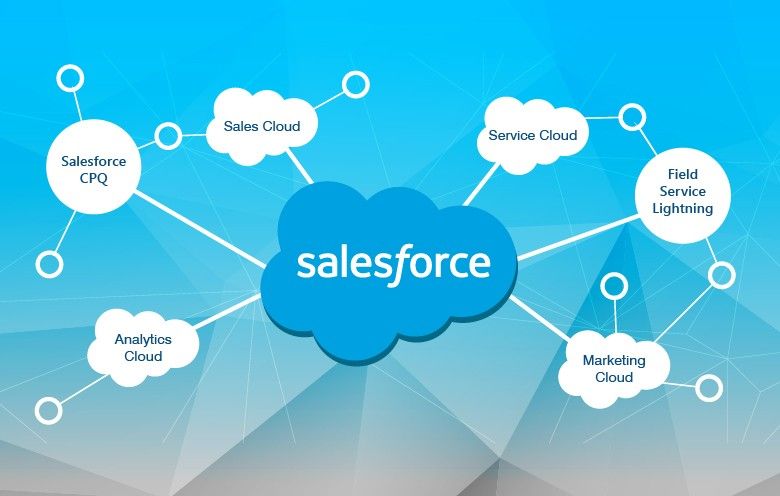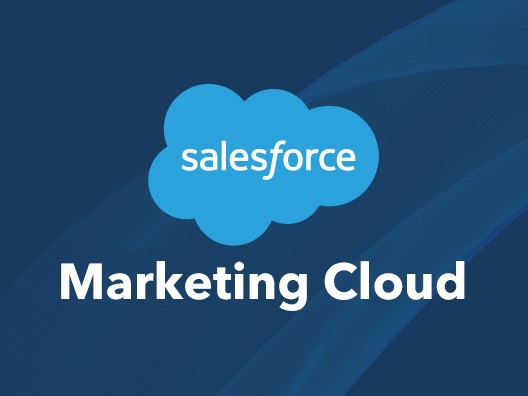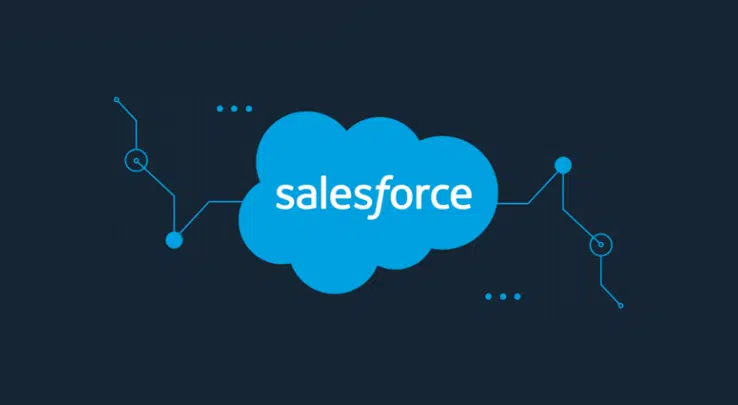Description
Introduction
Salesforce Health Cloud is a comprehensive healthcare platform that allows healthcare organizations to connect with patients in new, personalized ways. It integrates data from various healthcare systems, enabling care teams to deliver more efficient and effective services. By combining the power of Salesforce’s CRM with the specific needs of healthcare providers, Health Cloud enables personalized patient engagement, streamlined communication, and enhanced care coordination. It provides a 360-degree view of patient information, helping providers to make informed decisions and improve patient outcomes.
Prerequisites of Salesforce Health Cloud
- Basic understanding of Salesforce platform and Lightning Experience
- Familiarity with Salesforce CRM functionalities and features
- Knowledge of healthcare industry practices and terminology
- Understanding of HIPAA compliance and data security standards in healthcare
- Experience with Salesforce administration and configuration
- Familiarity with customer relationship management (CRM) concepts
- Understanding of healthcare data systems (e.g., Electronic Health Records – EHR)
Table of Contents
- Introduction to Salesforce Health Cloud
1.1 What is Salesforce Health Cloud?
1.2 Key Features
1.3 Benefits of Health Cloud for Healthcare Providers(Ref: AI in Healthcare: Revolutionizing Patient Care and Diagnosis)
1.4 Health Cloud’s Role in Healthcare Digital Transformation - Setting Up
2.1 Installing and Configuring Health Cloud
2.2 Configuring User Permissions and Profiles for Health Cloud
2.3 Integrating Health Cloud with Other Salesforce Clouds and Third-Party Systems
2.4 Customizing Health Cloud for Specific Organizational Needs - Core Components
3.1 Patient 360 View: A Complete Picture of Patient Data
3.2 Care Teams and Collaboration Features
3.3 Record Sharing and Communication Tools
3.4 Integration with EHR/EMR and Health Data Sources
3.5 Care Plans and Case Management - Patient Engagement and Communication
4.1 Personalizing Patient Communication and Outreach
4.2 Creating Patient Portals and Mobile Health Apps
4.3 Implementing Telehealth Capabilities in Health Cloud
4.4 Managing and Tracking Patient Interactions and Touchpoints
4.5 Using AI and Automation for Patient Communication - Managing Healthcare Data in Health Cloud
5.1 Importing and Managing Patient Records
5.2 Understanding the Health Cloud Data Model (Accounts, Contacts, and Cases)
5.3 HIPAA-Compliant Data Security and Privacy in Health Cloud
5.4 Leveraging Health Cloud for Predictive Analytics and Reporting - Care Coordination and Collaboration
6.1 Creating and Managing Care Plans in Health Cloud
6.2 Collaborative Care: Connecting Providers, Patients, and Family Members
6.3 Coordinating Patient Care with Task Management and Notifications
6.4 Health Cloud and Integration with Telemedicine Platforms - Health Cloud’s Integration with Other Salesforce Products
7.1 Integrating Health Cloud with Salesforce Service Cloud
7.2 Connecting Health Cloud with Salesforce Marketing Cloud
7.3 Using Salesforce Einstein for Health Cloud Analytics
7.4 Integrating with External Healthcare Systems (e.g., EHRs, HIEs) - Security and Compliance
8.1 Ensuring HIPAA Compliance in Health Cloud
8.2 Implementing Secure Data Sharing and Communication
8.3 Managing User Access and Permissions
8.4 Best Practices for Data Encryption and Security in Health Cloud - Advanced Features and Customization in Health Cloud
9.1 Customizing Health Cloud for Specialized Care Settings (e.g., Pediatrics, Elderly Care)
9.2 Leveraging Salesforce Flow and Process Builder in Health Cloud(Ref: Leveraging Salesforce LWC: Best Practices for Lightning Web Development)
9.3 Advanced Reporting and Dashboards for Healthcare Insights
9.4 Custom Health Cloud Components and Visualforce Pages - Future of Healthcare
10.1 The Role of AI and Machine Learning in Health Cloud
10.2 Innovations in Telemedicine and Remote Monitoring
10.3 Salesforce Health Cloud’s Contribution to Value-Based Care
10.4 Future Trends and Updates
Conclusion
This course is a powerful platform that enables healthcare organizations to provide more personalized, efficient, and collaborative care. By centralizing patient data and streamlining communication, it enhances care coordination, improves patient engagement, and ensures compliance with industry regulations. As the healthcare industry moves towards more data-driven and patient-centric models, it offers healthcare providers the tools they need to meet evolving demands and improve outcomes. With continuous advancements in AI, analytics, and integration, Health Cloud is poised to play an even greater role in shaping the future of healthcare delivery.







Reviews
There are no reviews yet.